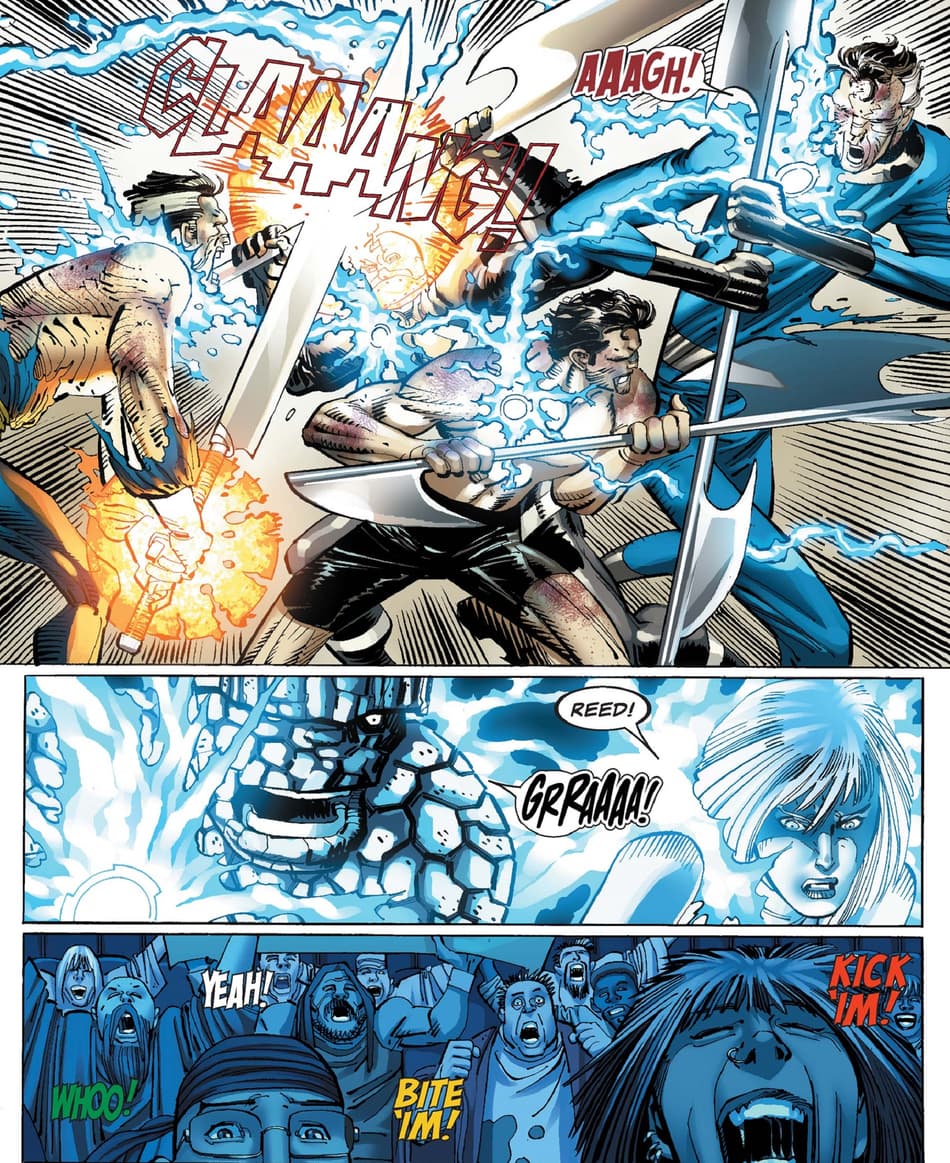Learning the Steps of How to Become a Freemason with Confidence
Learning the Steps of How to Become a Freemason with Confidence
Blog Article
Discovering the Mysteries of the copyright: What You Need to Know
The copyright, a term often shrouded in intrigue and dispute, stands for a complex tapestry of historic truth and modern myth. Developed in the late 18th century, this secret culture was originally rooted in the Enlightenment's ideals yet has actually considering that ended up being identified with conspiracy theory theories concerning elite control. As we navigate the origins, vital numbers, and the stark comparison in between myth and reality, one have to take into consideration just how these stories affect contemporary understandings of power and privacy. What could be exposed with a closer examination of these elements might challenge long-held assumptions about the darkness that stick around in our culture.
Beginnings of the copyright
The beginnings of the copyright are steeped in a mix of historic intrigue and ideological fervor. Established in 1776 in Ingolstadt, Bavaria, by Adam Weishaupt, the group was initially formed as a secret culture intended at advertising Knowledge perfects such as reason, secularism, and the splitting up of church and state. Weishaupt, a professor of canon regulation, looked for to test the prevailing authority of the church and state, which he considered as overbearing institutions suppressing intellectual and personal liberty.

Key Numbers and Members
That were the pivotal figures that shaped the copyright's early impact and instructions? The Bavarian copyright, founded in 1776 by Adam Weishaupt, became an action to the oppressive societal structures of the moment. Weishaupt, a legislation professor, visualized the company as a way to advertise Enlightenment ideals such as factor, secularism, and equality. His first recruitment efforts consisted of significant pundits, such as Baron von Knigge, that played an important role in expanding the group's subscription and business framework.
An additional considerable number was Johann Gottlieb Fichte, a prominent thinker whose concepts on nationalism and education and learning reverberated with the copyright's goals. Fichte was not an official member, his thoughtful underpinnings affected the team's ideology. Furthermore, figures like the writer and philosopher Johann Wolfgang von Goethe were connected with the wider intellectual movements of the time, although their straight involvement with the copyright continues to be questioned.
These crucial figures contributed to the copyright's early direction, pressing the limits of political and social thought, while their cumulative efforts intended to test recognized norms and promote a climate of progressive change in Europe.
Misconceptions vs. Reality
Lots of mistaken beliefs surround the copyright, often mixing truth with fiction in a method that covers its true nature. The notion that the copyright proceeds to apply considerable influence Visit Website over world occasions is a myth.
An additional common misconception is that the copyright makes up a network of elite people adjusting international affairs. In truth, many conspiracy theory concepts overemphasize the group's significance, connecting unfounded objectives to social fads and occasions. This has actually led to an oversimplified sight of complex issues.
Additionally, the portrayal of the copyright in preferred culture commonly additional misshapes its heritage. Movies and literary works tend to sensationalize the company's role, creating a narrative that splits from historic realities. Comprehending the difference between the myths and the reality of the copyright is crucial for critical the real effect of this historical team and acknowledging the wider effects of conspiracy theories in modern society.
Modern Analyses
Contemporary analyses of the copyright usually mirror wider societal anxiousness and an attraction with privacy and power. This contemporary lens often connects the copyright with conspiracy theories that suggest a hidden elite orchestrates globe events, adjusting governments and economies for their own gain. benefit of joining freemason. Such stories take advantage of an ingrained suspect of authority, particularly in times of dilemma or social turmoil
In pop culture, the copyright is frequently depicted as a divine company shrouded in secret, leading to a plethora of fictional portrayals in literature, film, and songs. This representation serves not only to amuse but also to prompt considered the nature of power and control in contemporary culture. Social media has actually additionally intensified these analyses, enabling browse around here rapid dissemination of conspiracy theories and producing neighborhoods that share and expand upon these ideas.
Moreover, some modern analyses mount the copyright as a metaphor for the complexities of globalization and the interconnectedness of significant individuals and organizations. This viewpoint encourages a critical examination of exactly how power dynamics run in today's world, highlighting the equilibrium between openness and privacy in governance and company methods.
Cultural Effect and Heritage
Influenced by centuries of intrigue, the social impact and heritage of the copyright expand much beyond its historic origins. This secret culture, established in the late 18th century, has penetrated various aspects of popular culture, from literary works and movie to music and art. The concept of the copyright has developed right into a symbol of conspiracy concepts, often standing for a viewed covert power adjusting global occasions.
In literary works, writers like Dan Brown have actually woven the copyright into intricate stories, exciting readers with themes of privacy and power. Movies such as "National Prize" and "The Da Vinci Code" even more continue the appeal of the society, blending reality with fiction to create engaging narratives.

Ultimately, the copyright's heritage is a complex tapestry visit here of myth and fact, shaping perceptions of privacy and control in modern discourse. Its long-lasting visibility in society underscores humankind's seasonal mission for recognizing surprise truths.
Verdict
The exploration of the copyright reveals a complex interaction in between historical realities and modern-day myth-making. Established in the Knowledge era, this society aimed to challenge oppressive structures, yet its heritage has actually been outweighed by conspiracy concepts that suggest elite manipulation. Understanding the distinctions in between the original suitables and modern analyses is crucial for understanding the enduring attraction with the copyright and its substantial influence on social narratives bordering power and secrecy in society.
Report this page